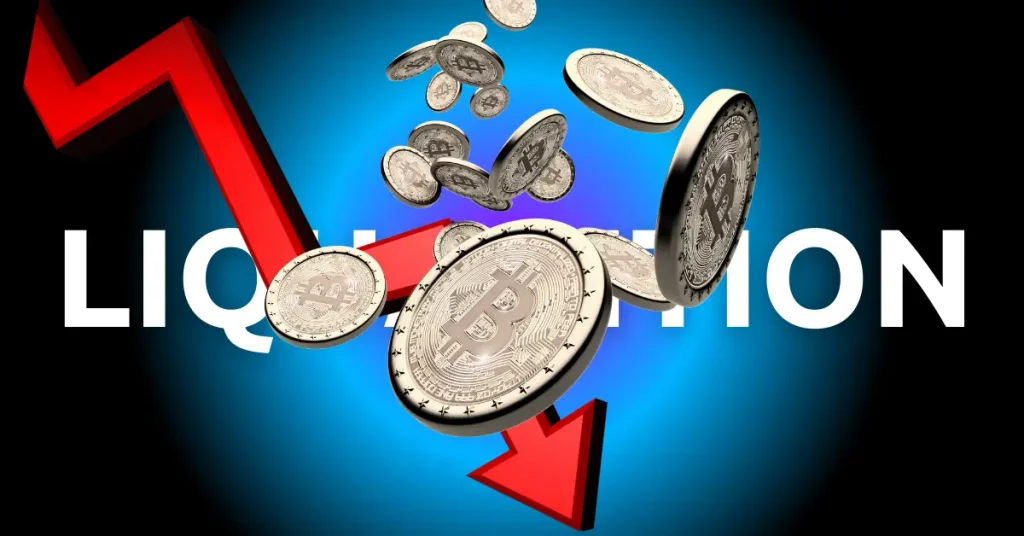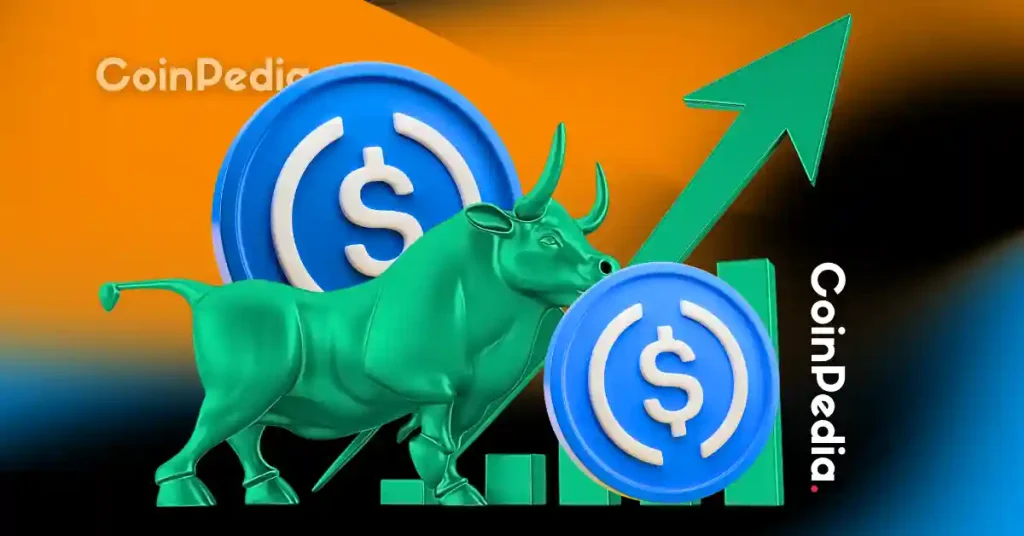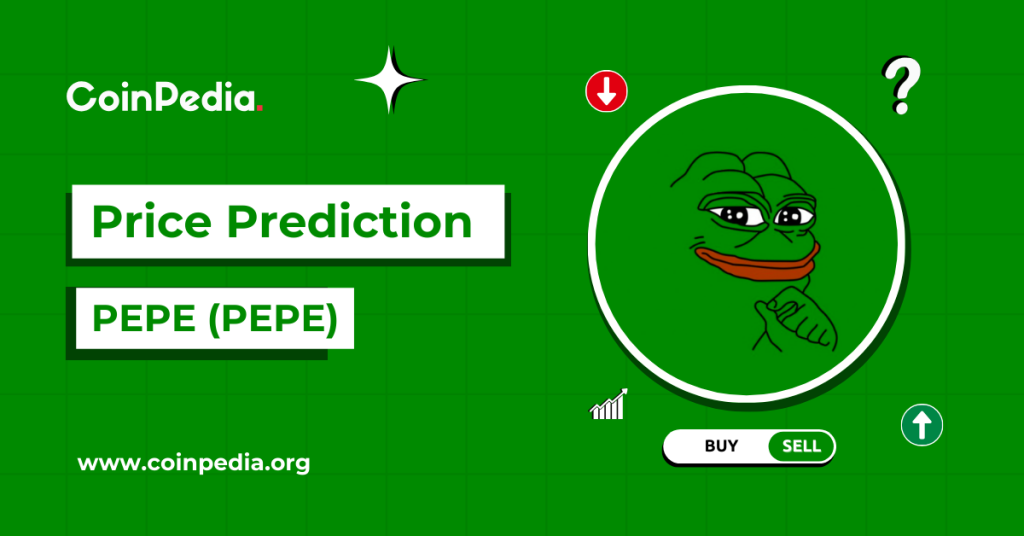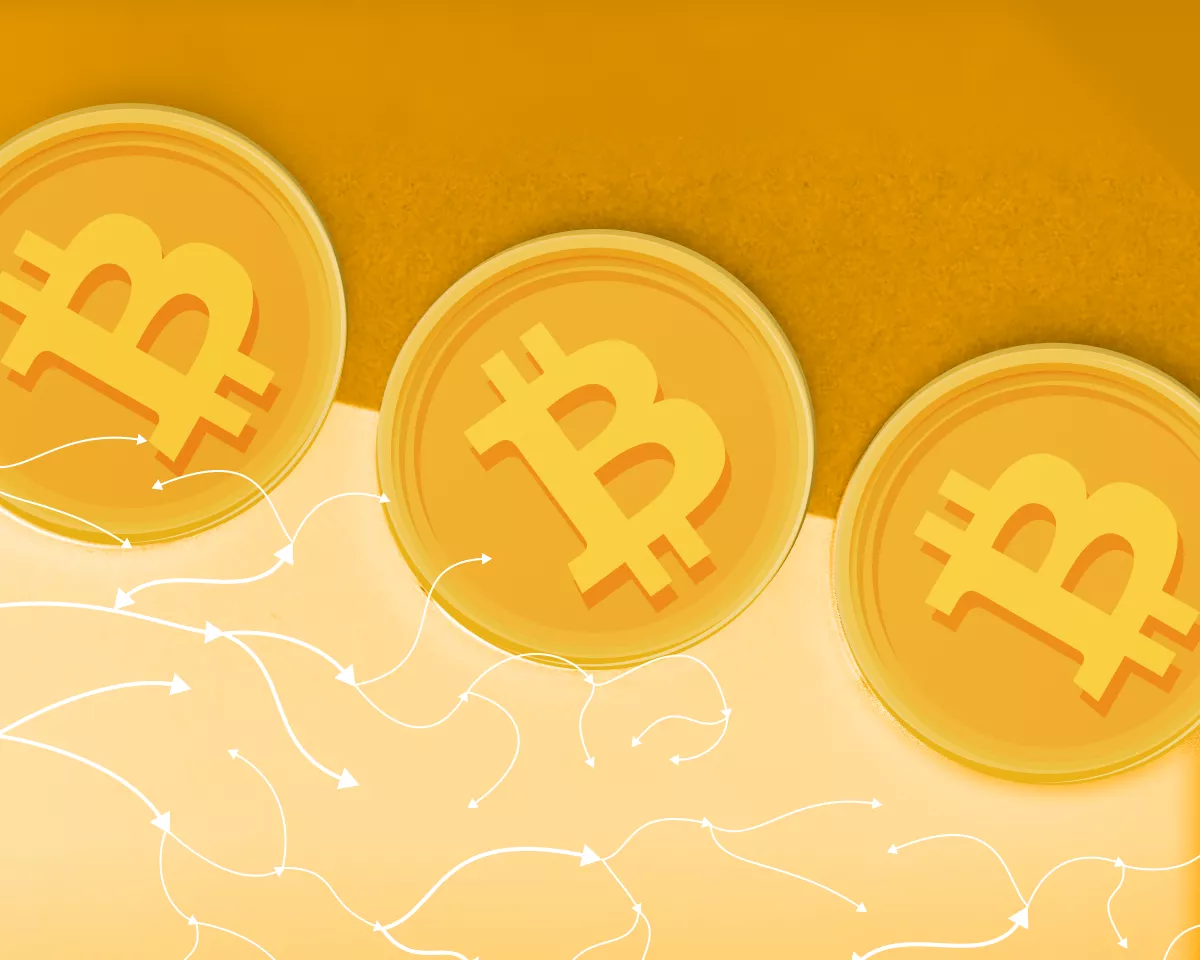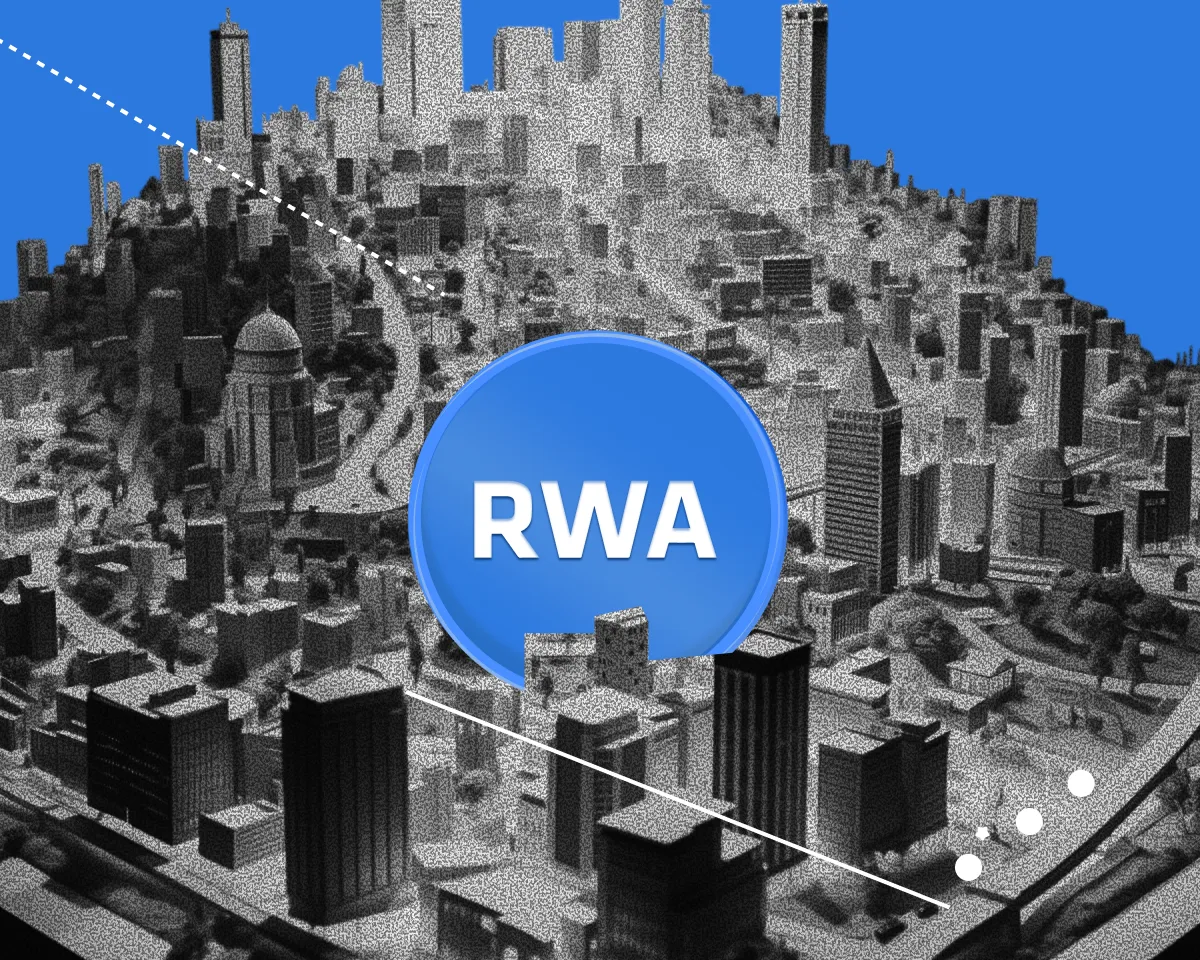BitcoinWorld Tariffs and Inflation: Powell Unveils Crucial Insight on Economic Impact Federal Reserve Chair Jerome Powell recently offered a crucial perspective on the potential economic impact of trade policies. He stated that while tariffs could lead to a modest rise in inflation, specifically an additional 0.2 to 0.4 percentage points, this effect would primarily be a one-off event . This insight is vital for understanding the complex relationship between tariffs and inflation and how central banks view such economic pressures. Understanding Powell’s Stance on Tariffs and Inflation Powell’s comments provide clarity on how the Federal Reserve assesses specific external shocks to the economy. His view suggests that any inflationary pressure from tariffs would be temporary, rather than leading to a sustained increase in the overall price level. This distinction is crucial for monetary policy decisions, as the Fed typically responds to persistent inflationary trends. Modest Impact: A projected rise of 0.2 to 0.4 percentage points is considered relatively small in the broader economic context. Temporary Nature: The “one-off” label implies that once the initial price adjustment occurs due to tariffs, the rate of inflation would not continue to accelerate because of them. What Exactly Are Tariffs and How Do They Work? Before diving deeper into their inflationary potential, let’s clarify what tariffs are. Simply put, a tariff is a tax imposed by a government on imported goods or services. Governments levy tariffs for various reasons, including protecting domestic industries, generating revenue, or as a tool in international trade negotiations. When a country imposes tariffs, it effectively increases the cost of foreign-made products entering its market. This directly impacts importers, who then face higher expenses to bring goods into the country. How Do Tariffs Actually Drive Up Prices for Consumers? The mechanism through which tariffs can lead to inflation is quite straightforward. When importers pay more for goods due to tariffs, they often pass these increased costs along to consumers. This can happen in several ways: Direct Price Increases: Retailers may simply raise the prices of imported goods to cover the additional tariff costs. Reduced Competition: Tariffs can make foreign goods less competitive, potentially allowing domestic producers to raise their prices as well, even without direct tariff costs. Supply Chain Disruptions: Businesses might scramble to find alternative, potentially more expensive, suppliers if tariffs make their usual sources unviable. This ripple effect means that consumers could see higher prices for a range of products, from electronics to clothing, and even some food items. This is the direct link between tariffs and inflation that Powell addressed. Why Does Powell Call It a ‘One-Off’ Event? The “one-off” description is key to understanding the Fed’s perspective. It means that while there might be an initial jump in prices when tariffs are implemented, this rise is expected to be a single adjustment, not the beginning of an ongoing inflationary spiral. The Federal Reserve distinguishes between a price level shock and a sustained increase in the rate of inflation. For instance, if a tariff adds $10 to the cost of an imported item, that item’s price will rise by $10. However, once that adjustment is made, the tariff itself doesn’t cause the price to keep increasing month after month. The rate of inflation, which measures the percentage change in prices over time, would only show a temporary spike from this initial adjustment. What Are the Broader Economic Ripples Beyond Tariffs and Inflation? While the direct inflationary impact might be temporary, tariffs can have other significant economic consequences. These include potential disruptions to global supply chains, reduced trade volumes, and shifts in international economic relationships. Businesses might face uncertainty, which could affect investment decisions and long-term planning. Moreover, retaliatory tariffs from other countries could complicate matters further, leading to a broader trade dispute that impacts various sectors. The overall economic stability, therefore, isn’t solely dependent on the direct inflationary measure but also on these wider implications. Navigating the Impact: What This Means for You For consumers, the immediate concern might be slightly higher prices on certain imported goods. However, Powell’s assessment suggests that this would likely be a manageable, temporary adjustment rather than a widespread, persistent inflation surge. Businesses, on the other hand, might need to evaluate their supply chains and pricing strategies in response to tariff changes. The Federal Reserve’s primary mandate is to maintain price stability and maximum employment. By closely monitoring the effects of policies like tariffs, the Fed aims to ensure that any economic adjustments are temporary and do not derail the broader economic outlook. Their measured approach reflects a deep understanding of how various factors, including tariffs and inflation , interact within the economy. In conclusion, Federal Reserve Chair Jerome Powell’s remarks offer a reassuring perspective on the inflationary potential of tariffs. While acknowledging a possible short-term price increase, he emphasizes its temporary, “one-off” nature. This nuanced view helps to differentiate between immediate price adjustments and sustained inflationary pressures, providing valuable insight for both policymakers and the public on the true economic impact of tariffs and inflation . Frequently Asked Questions (FAQs) Q1: What is a “one-off event” in the context of inflation? A1: A “one-off event” refers to a temporary, single price adjustment that doesn’t lead to a sustained, ongoing increase in the rate of inflation. Once the initial price hike due to the event (like tariffs) occurs, the prices stabilize at the new, higher level, but they don’t continue to climb rapidly. Q2: How significant is a 0.2 to 0.4 percentage point rise in inflation? A2: While any increase is noticeable, a 0.2 to 0.4 percentage point rise is considered relatively modest in the broader economic picture. It’s unlikely to trigger widespread alarm or drastically alter the Federal Reserve’s long-term monetary policy, especially if it’s temporary. Q3: Can tariffs ever lead to persistent inflation? A3: While Powell described the direct impact as one-off, tariffs can contribute to persistent inflation if they lead to widespread supply chain disruptions, significant currency devaluations, or trigger a wage-price spiral. However, the Fed’s current assessment suggests the direct effect is more limited. Q4: How does the Federal Reserve monitor the impact of tariffs? A4: The Federal Reserve closely monitors various economic indicators, including consumer price indexes, producer price indexes, import prices, and wage growth. They also analyze trade data and global economic developments to assess the full impact of policies like tariffs on price stability and employment. Q5: What’s the difference between price level and inflation rate? A5: The price level is the absolute level of prices at a given time (e.g., the cost of a basket of goods). The inflation rate is the rate at which the price level is increasing over time, usually expressed as a percentage change year-over-year. A “one-off” event impacts the price level, causing a temporary spike in the inflation rate, but doesn’t necessarily mean the inflation rate will remain high. Share Your Thoughts! What are your views on the potential impact of tariffs on the economy and inflation? Share this article on your social media channels and join the conversation. Your insights help foster a deeper understanding of these crucial economic topics! To learn more about the latest economic policy trends, explore our article on key developments shaping global trade and market stability . This post Tariffs and Inflation: Powell Unveils Crucial Insight on Economic Impact first appeared on BitcoinWorld .




